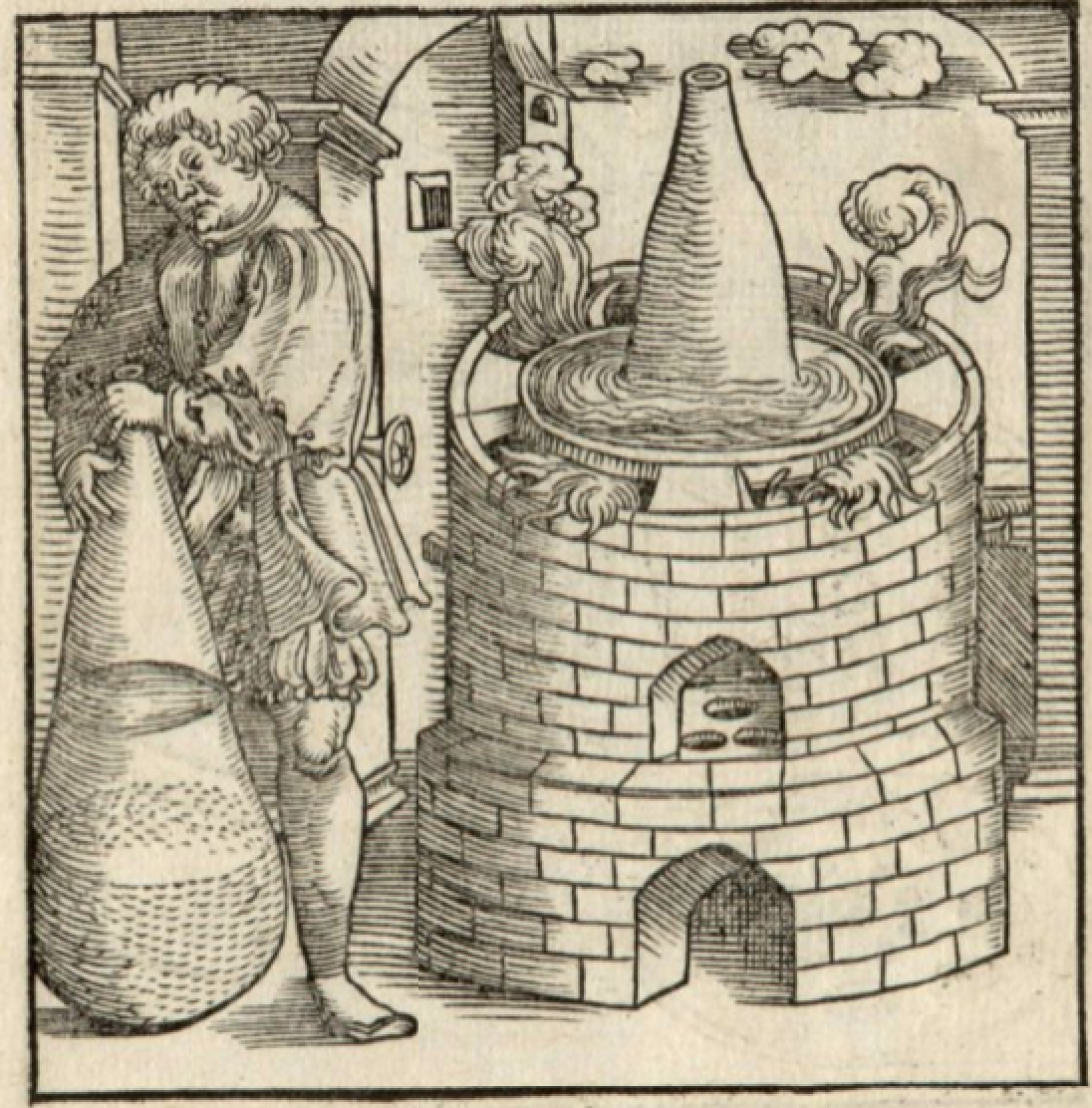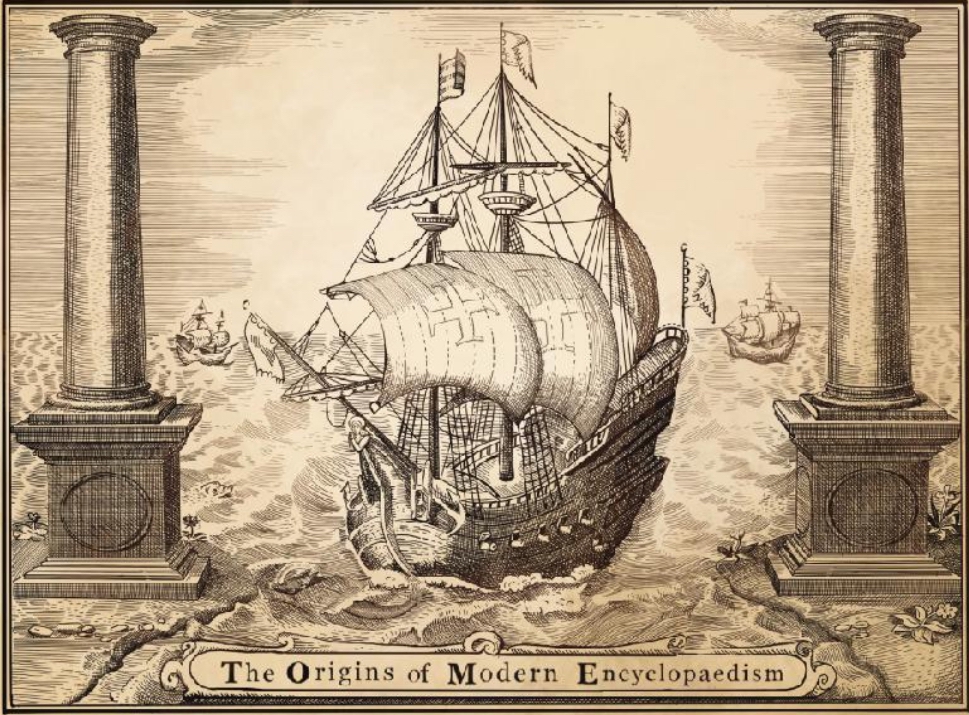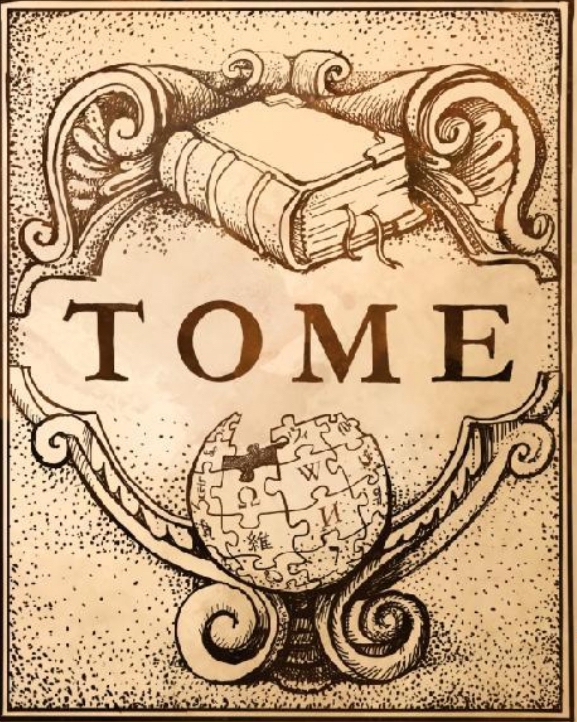The general aim is to investigate how the evolution of philosophical, scientific and alchemical metaphors in the 16th and 17th centuries contributed to the emergence and development of encyclopaedism. For this purpose, (1) we prepare a series of case studies on the metaphorology of early modernity; (2) assemble, curate, and both closely and distantly analyse a digital corpus of Neo-Latin printed books (1500-1650) from the fields of alchemy and Paracelsianism; (3) examine the existing NOSCEMUS digital corpus of Latin scientific prints (c. 1000 titles, 1450-1850) by cutting-edge computational methods. The goal is to understand the early modern evolution of cognitive metaphors and their role in the emergence of modern encyclopaedism.

Our team consists of three research groups
As an interdisciplinary project, TOME introduces various approaches, methods, and expert skills. Therefore, the fifteen-member research team is divided into three relatively autonomous yet closely cooperating groups. Lucie Storchová leads the group of intellectual historians, each focusing on its own semantic domain of metaphor (e.g. body, movement, architecture, agriculture, book, music).
The second group is responsible for assembling and curating the alchemical digital corpus designed and managed by the group leader Jo Hedesan. Vojtěch Kaše leads the third group concentrating on developing computational tools to model and analyse the early modern semantic evolution. Principal investigator of TOME is Petr Pavlas, a Comenius scholar and metaphorologist.

Research
Meet our team

Petr Pavlas
Principal Investigator

Vojtěch Kaše
Leader of the Computational Group

Georgiana (Jo) Hedesan
Leader of the Digital-Philological Group

Lucie Storchová
Leader of the Intellectual-Historical Group
